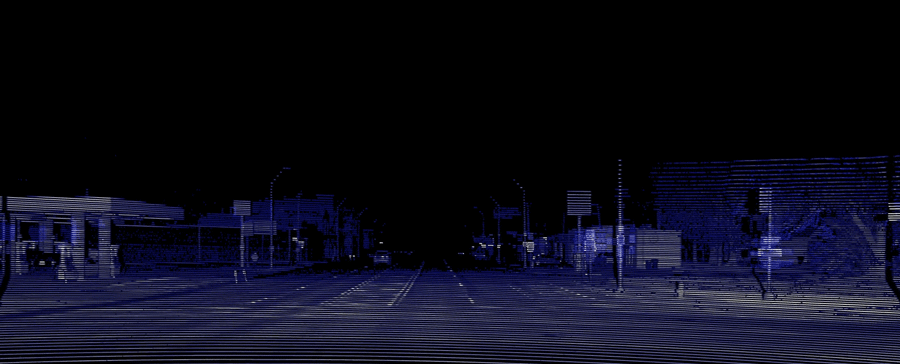Do you guys not know that lidar can detect and classify lane lines, road markings, crosswalks, road edges, curbs, road signs and traffic signs, and possibly light status, etc?
Lidars has always been able to see lane lines, road markings, crosswalks, etc. Because it checks the light reflectivity. Additionally it always has been able to get the geometric shape which includes stop signs, yield signs, anything as you see below.
That alone you can drive ANYWHERE without having to go through a traffic light control. Why? because there is this thing called turn right on red. This allows you to turn right on any intersection with a traffic light. In addition, because you can also turn left away from an intersection into another road or side streets. There is not a destination that i couldn't get to if i avoided going through a traffic light. For example, my work which is 20 miles away i can get through without going through a traffic light. The same is the case for every spot i usually visit.
So can you drive with Lidar ALONE? the answer is an absolute yes.
Random cheap off the shelf automotive grade Lidar ($800)
Now you say, what about construction. A stop sign that is the same as a slow sign or a circular stop sign, etc.
Well this is 2020 not 2010. Some Lidars can read the ambient lighting which allows them to get imaging information. Waymo lidar can do that, Ouster aswell, etc. So it allows them to read road signs and traffic signs. Including traffic light status although that one is the only question mark. But since light status isn't determined by the color of the light but by the position of the illuminance.
So can you drive on Lidar only? again the answer is yes.
Waymo's Lidar which can read road and traffic signs not just get its geometric shape.
Ouster Lidar which can also read road and traffic signs and not just get its geometric shape.







